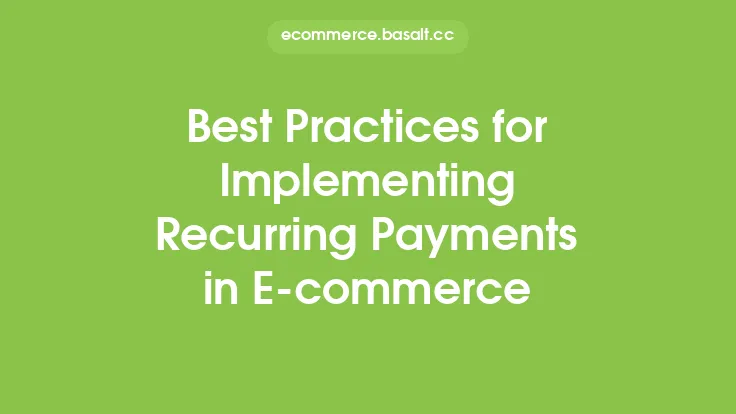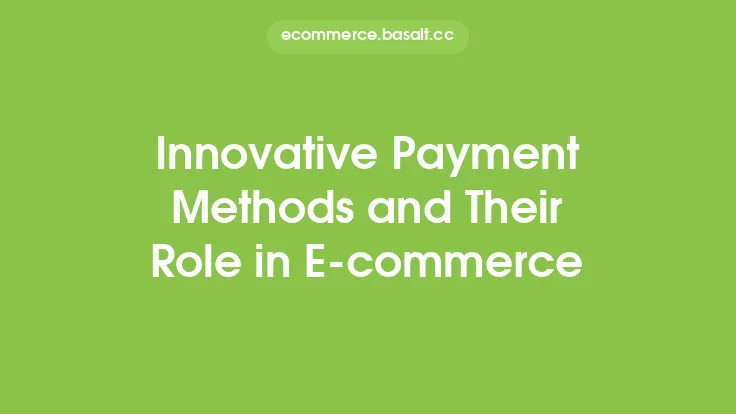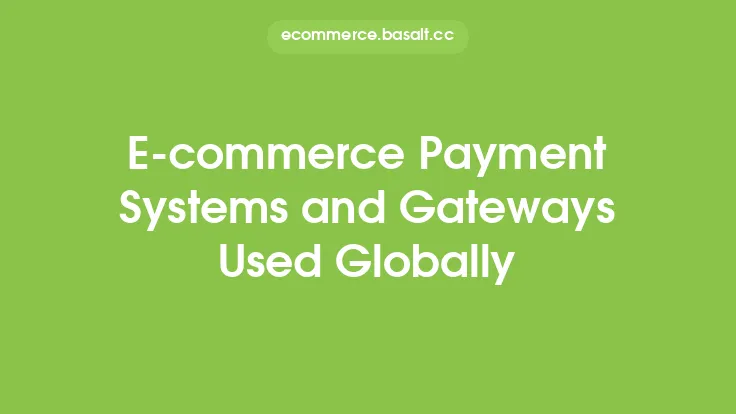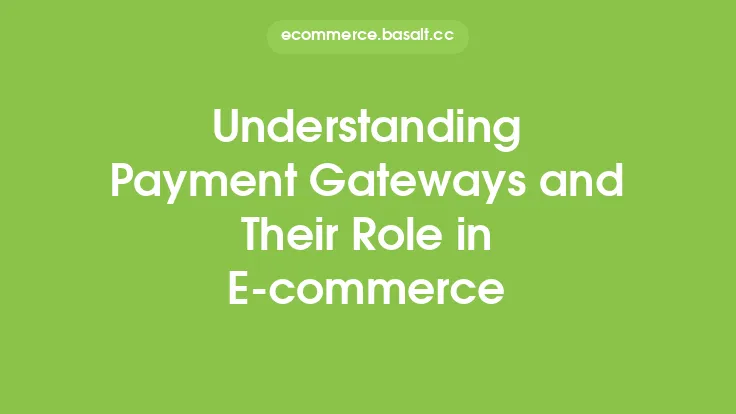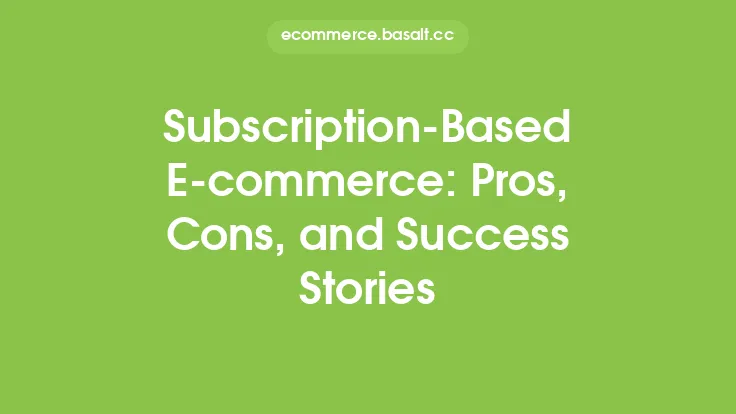The rise of e-commerce has led to an increased demand for convenient and secure payment solutions. One technology that has gained significant attention in recent years is payment tokenization, which has revolutionized the way merchants process recurring payments. By replacing sensitive payment information with unique tokens, payment tokenization enhances customer convenience, improves security, and reduces the risk of fraud. In this article, we will delve into the world of payment tokenization and recurring payments, exploring how this technology works, its benefits, and how it can be integrated into e-commerce platforms.
What is Payment Tokenization?
Payment tokenization is a process that replaces sensitive payment information, such as credit card numbers, with unique tokens. These tokens are then used to facilitate transactions, eliminating the need to store or transmit sensitive payment data. The tokenization process typically involves a payment gateway or a tokenization service provider, which generates and stores the tokens on behalf of the merchant. When a customer makes a payment, the payment information is sent to the payment gateway, which then generates a token that can be used for future transactions.
How Does Payment Tokenization Work with Recurring Payments?
Recurring payments, such as subscription-based services or monthly billing, require merchants to store payment information for future transactions. Payment tokenization is particularly useful in these scenarios, as it eliminates the need to store sensitive payment data. When a customer signs up for a recurring payment plan, the payment information is tokenized, and the token is stored on the merchant's server. For each subsequent transaction, the token is used to facilitate the payment, without the need to access or transmit the sensitive payment information.
Benefits of Payment Tokenization for Recurring Payments
The benefits of payment tokenization for recurring payments are numerous. Firstly, it enhances customer convenience by eliminating the need for customers to re-enter their payment information for each transaction. Secondly, it improves security by reducing the risk of fraud and data breaches. Since sensitive payment information is not stored or transmitted, the risk of unauthorized access is significantly reduced. Finally, payment tokenization simplifies the payment process, reducing the likelihood of errors or declined transactions.
Implementing Payment Tokenization for Recurring Payments
Implementing payment tokenization for recurring payments requires merchants to integrate a payment gateway or tokenization service provider into their e-commerce platform. The integration process typically involves the following steps:
- Choosing a payment gateway or tokenization service provider that supports payment tokenization.
- Integrating the payment gateway or tokenization service provider into the e-commerce platform using APIs or SDKs.
- Configuring the payment gateway or tokenization service provider to generate and store tokens for each customer.
- Updating the e-commerce platform to use the tokens for recurring payments.
Best Practices for Payment Tokenization and Recurring Payments
To ensure the successful implementation of payment tokenization for recurring payments, merchants should follow best practices, such as:
- Choosing a reputable payment gateway or tokenization service provider that complies with industry standards, such as PCI-DSS.
- Ensuring that the payment gateway or tokenization service provider supports the required payment methods and currencies.
- Implementing robust security measures, such as encryption and access controls, to protect sensitive payment information.
- Providing clear and transparent communication to customers about the payment tokenization process and the benefits of recurring payments.
Future of Payment Tokenization and Recurring Payments
The future of payment tokenization and recurring payments looks promising, with emerging technologies, such as artificial intelligence and machine learning, expected to further enhance the payment experience. The increasing adoption of mobile payments, contactless payments, and voice-activated payments will also drive the demand for payment tokenization and recurring payments. As the e-commerce landscape continues to evolve, merchants must stay ahead of the curve by adopting innovative payment solutions that prioritize customer convenience, security, and flexibility.
Conclusion
Payment tokenization and recurring payments have revolutionized the way merchants process transactions, enhancing customer convenience, improving security, and reducing the risk of fraud. By understanding how payment tokenization works, its benefits, and how it can be integrated into e-commerce platforms, merchants can provide a seamless and secure payment experience for their customers. As the e-commerce industry continues to grow, the importance of payment tokenization and recurring payments will only continue to increase, making it essential for merchants to stay informed and adapt to the latest trends and technologies.

